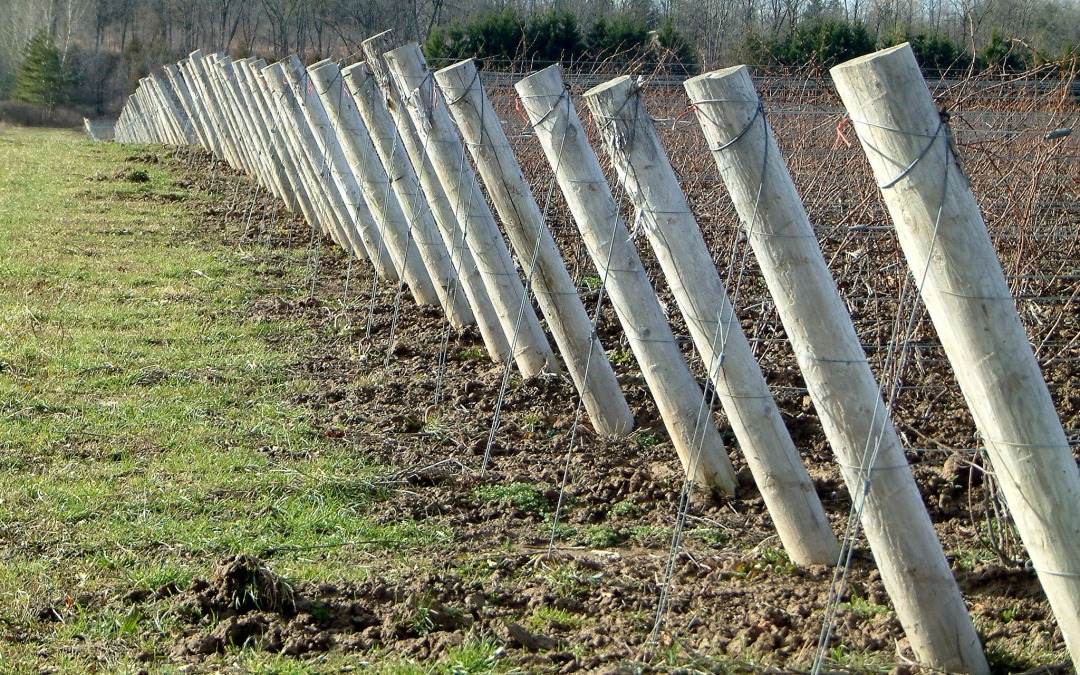Many consumers are interested in how food is grown and the environmental impact of various farming practices. The same is true of wine. I’ve covered the topics of organic versus biodynamic and vegan and vegetarian wines, but there’s so much more to learn. Conversation over dinner with friends recently led into the topic of dry farming.
The term shows up on labels, websites, winemaker notes. There’s debate if the practice can improve the quality of the grape.
Dry farming refers to a practice of relying only on natural rainfall for growing grapes. It’s a historic practice in use particularly in the Mediterranean region for growing grapes and olives. Many European countries follow this technique, with laws prohibiting irrigation of wine grapes during the growing season.
The practice obviously reduces water use but it can also improve the quality of the grape. Because the vines must grow deeper into the soil to access water, the resulting grapes have much more intensity. Some vintners believe the practice leads to sweeter, denser and smaller fruit. On the flipside, any fruit that receives too much water often loses its intensity and has a dull, diluted flavor.
Dry farming is not as easy as just turning off the faucet. There are some other key elements. The soil has to have good water holding characteristics. The vines have to be spaced sufficiently to allow the plants to gain enough moisture. If they’re planted too closely there is too much competition for water. Not just any rootstock can be used. It must have a certain strength that seeks moisture deep in the soil. Most importantly there is constant vineyard cultivation. Grape vines are very adaptable but there are definitely more hands at work in the vineyards when it comes to dry farming.
THE VALUE
- 2012 Tablas Creek Patelin de Tablas Blanc, California (about $18 retail)
THE SPLURGE
- 2013 Cornerstone Cellars Sauvignon Blanc, California (about $28 retail)
